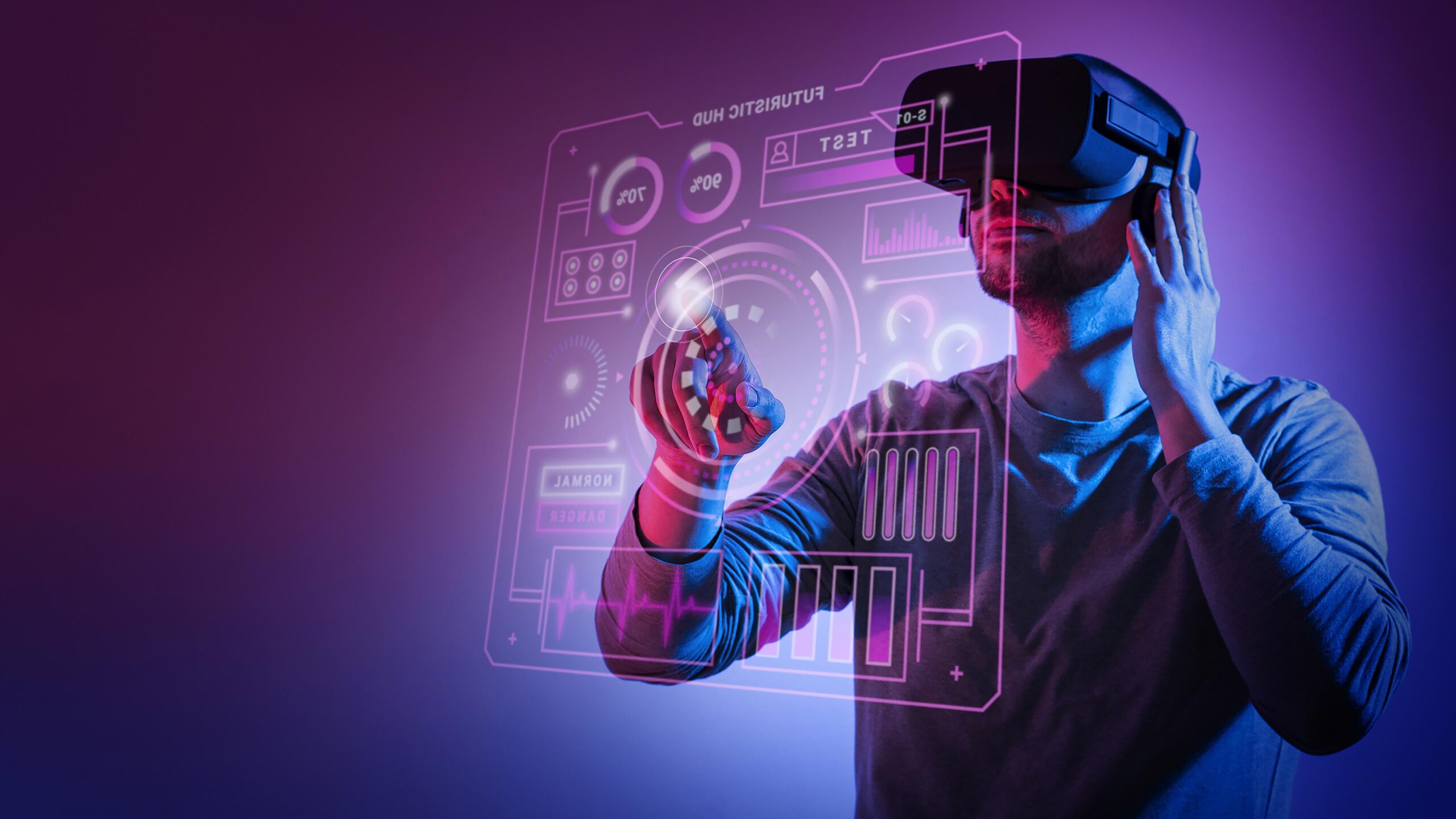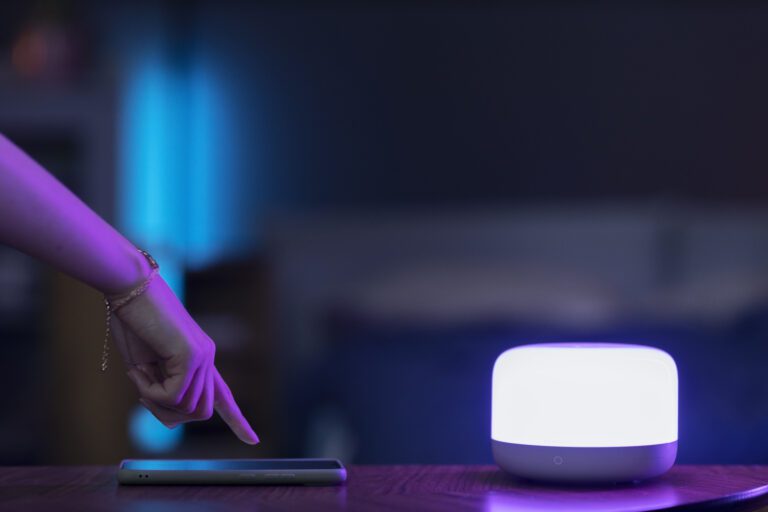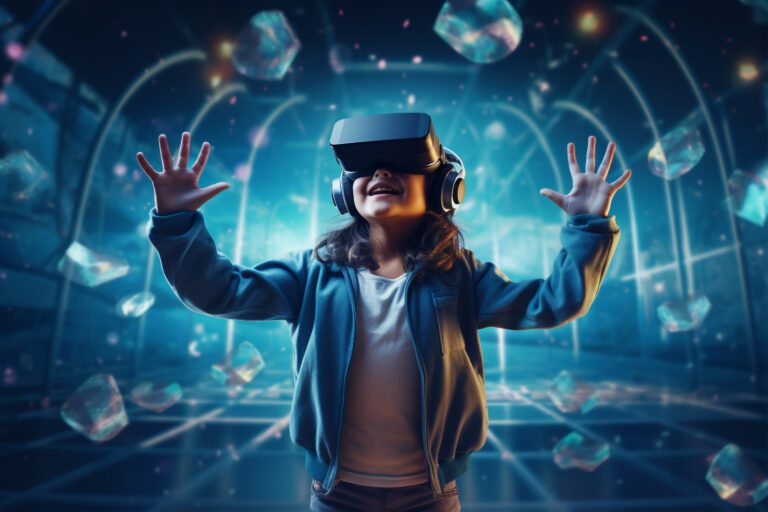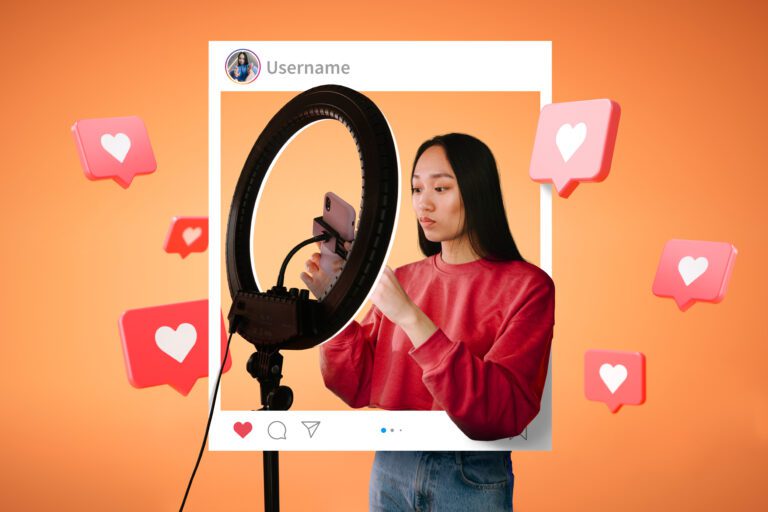The Future of Marketing: 15 Game-Changing Strategies You Must Know

Introduction
The Marketing Landscape is Changing Fast
Marketing isn’t what it used to be. Back when billboards, TV ads, and radio jingles were the kings of marketing—feels like a different era, right? Well, those are still around, but they’re quickly being overshadowed by rapid technological innovations that are reshaping how businesses reach consumers.
Why It Matters for Businesses
If you’re not adapting, you’re falling behind. Today’s consumers are tech-savvy, socially conscious, and demand personalization. If businesses don’t evolve, they get left in the dust. So, let’s dive deep into what the future holds for marketing.
The Rise of Artificial Intelligence (AI)

AI-Powered Personalization
Imagine walking into a store where every product is handpicked just for you — that’s what AI does online. Algorithms analyze your browsing habits, purchase history, and even your likes on social media to serve hyper-personalized ads and product recommendations.
Predictive Analytics and Customer Insights
AI doesn’t just analyze current behavior; it predicts future actions. Marketers can forecast customer needs, refine campaigns, and optimize content strategies using AI-powered predictive analytics, leading to better ROI.
AI in Content Creation and Automation
From writing blogs to generating social media posts, AI tools like ChatGPT are revolutionizing content creation. Automated customer service via chatbots ensures 24/7 availability, improving customer experience while reducing costs.
Voice Search and Smart Assistants

The Growing Importance of Voice SEO
“Hey Siri, where’s the best pizza near me?” Voice search is on the rise. Marketers must optimize for conversational queries and long-tail keywords to stay visible in this voice-first world.
Adapting Content for Conversational Queries
Content needs to sound natural, as if you’re answering a friend’s question. FAQs, featured snippets, and simple language will play crucial roles in ranking for voice search.
Augmented Reality (AR) and Virtual Reality (VR) in Marketing

Immersive Customer Experiences
AR and VR let consumers experience products before buying. From virtual home tours to AR makeup try-ons, these technologies enhance customer confidence and satisfaction.
Virtual Try-Ons and Interactive Demos
Brands like IKEA and Sephora already use AR to let customers visualize furniture in their homes or test makeup virtually — a game-changer for e-commerce.
The Growing Power of Influencer Marketing

Micro and Nano Influencers Dominate
Big celebrities aren’t always the best bet. Micro influencers (10k–100k followers) and nano influencers (under 10k) often achieve higher engagement and enjoy more loyal followings, making their recommendations feel more genuine.
Authenticity Over Celebrity
Consumers crave real, relatable stories. Influencers who share personal experiences, struggles, and successes often build stronger trust with their followers than traditional celebrity endorsements.
Data Privacy and Ethical Marketing

The Impact of GDPR and Other Regulations
With regulations like GDPR and CCPA, data privacy is non-negotiable. Companies must secure customer data and obtain proper consent, or risk legal penalties and loss of consumer trust.
Building Trust Through Transparency
Brands that are upfront about how they collect, store, and use data will stand out. Transparent policies and easy opt-out options give consumers peace of mind.
The Role of Blockchain in Marketing
Transparency and Fraud Prevention
Blockchain technology ensures secure and transparent transactions, minimizing ad fraud and verifying ad impressions. This builds trust between advertisers and publishers.
Smart Contracts and Customer Rewards
Smart contracts can automate loyalty programs, ensuring customers receive timely rewards without manual intervention, boosting satisfaction and retention.
The Dominance of Video Content

Short-Form Video Trends
TikTok, Instagram Reels, and YouTube Shorts are redefining content consumption. Short, captivating videos grab attention fast and generate higher engagement.
Live Streaming Engagement
Live Q&A sessions, product launches, and behind-the-scenes streams foster real-time interaction, creating a sense of community and immediacy.
Social Commerce and Shoppable Content
Buying Directly on Social Media
Platforms like Instagram, Facebook, and TikTok allow users to shop without leaving the app. This seamless integration shortens the customer journey and increases conversions.
Seamless Shopping Experiences
Interactive product tags, one-click checkouts, and personalized recommendations turn social media into a powerful sales engine.
Hyper-Personalization Through Big Data
Understanding Customer Behavior
Big data enables businesses to analyze every click, swipe, and transaction. This enables highly targeted campaigns tailored to individual preferences.
Tailoring Offers in Real-Time
Imagine receiving a discount code for your favorite coffee shop just as you walk by it. Real-time personalization driven by geolocation and behavioral data is becoming the norm.
The Future of SEO
Semantic Search and AI Algorithms
Search engines are getting smarter. Google’s AI-driven algorithms like BERT and MUM understand context and user intent, rewarding high-quality, relevant content.
User Experience Becomes the Priority
Page speed, mobile-friendliness, and helpful content are key ranking factors. The future of SEO is user-centric, not keyword-stuffed.
Sustainability and Purpose-Driven Marketing
Conscious Consumerism on the Rise
Today’s consumers care about sustainability. Brands that prioritize eco-friendly practices and social responsibility gain favor with increasingly conscious shoppers.
Brands with a Mission Lead the Way
Purpose-driven brands like Patagonia and TOMS lead by example, showing that profits and positive impact can coexist.
Conclusion
The future of marketing is all about tech, personalization, and making a real impact. As consumer expectations evolve, businesses must stay agile, embrace innovation, and build authentic connections. Those who adapt will thrive; those who resist will fade into obscurity. The message is simple: adapt or fall behind.
FAQs
What will marketing look like in 2030?
Marketing in 2030 will be dominated by AI, hyper-personalization, immersive technologies like AR/VR, and purpose-driven branding. Consumer trust and ethical standards will be at the heart of business.
How important is AI in marketing’s future?
AI is crucial. In the future of marketing, AI will run the show — personalizing content, predicting trends, creating content, and automating processes.
Will influencer marketing continue to grow?
Yes, especially with micro and nano influencers who offer high engagement and authenticity. Brands will increasingly partner with niche influencers for targeted reach.
How should small businesses prepare for upcoming marketing trends?
Small businesses should adopt digital tools, focus on building authentic relationships, embrace AI-powered solutions, prioritize customer experience, and stay updated on emerging trends.
What impact will data privacy have on marketing in the future?
A major one. Transparent data collection, ethical usage, and compliance with regulations like GDPR will be vital for maintaining consumer trust and avoiding legal issues.
